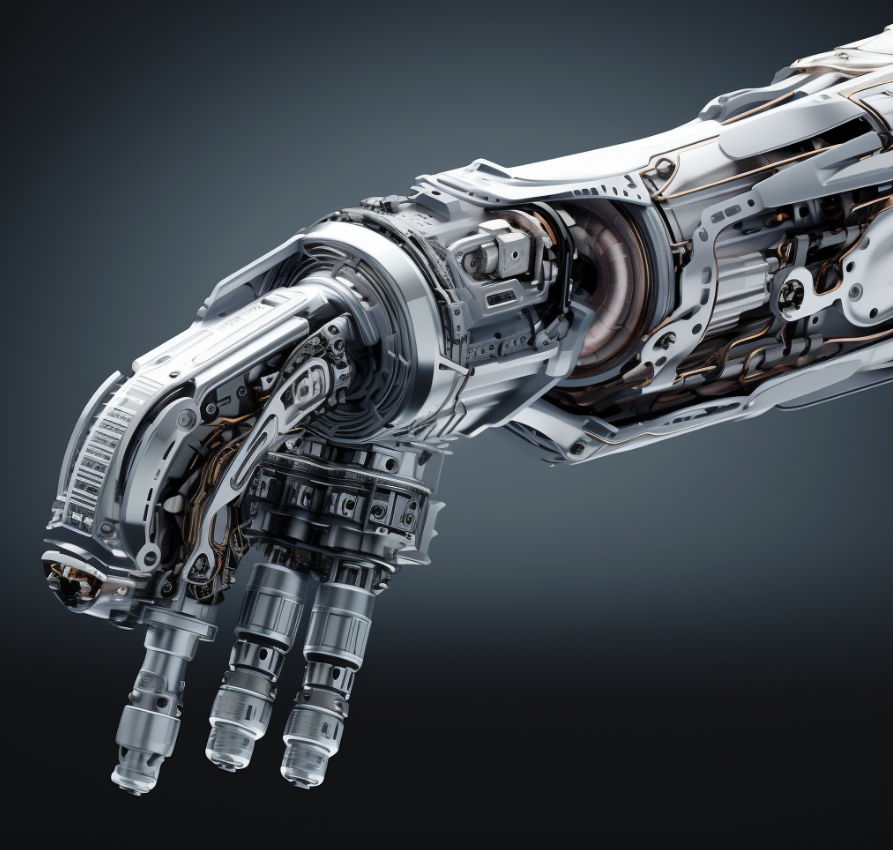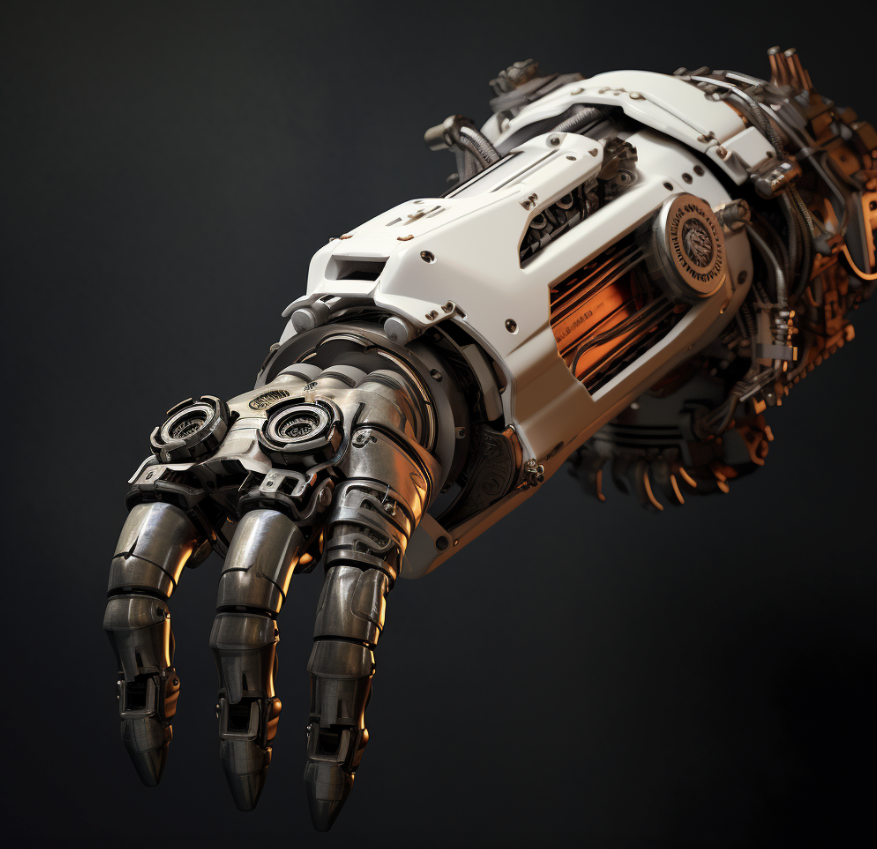

A mechanical gripper is an end-of-arm tool used by industrial robots to grasp and manipulate objects.
Mechanical grippers use mechanical means like gears, cams, screws, or toggles to open and close metal jaws or “fingers” around an object.
Let’s take a look:
There are many industries where mechanical grippers are common in day-to-day operations.
They are:
Don’t break out your credit card just yet! When you’re shopping for the right mechanical gripper for your robot, there are a few key factors to keep in mind.
They are:
There are a ton of great mechanical gripper options on the market. But that doesn’t mean that there aren’t a few standouts that definitely need to be on your radar.
We’ve narrowed things down to the top 5 options for you to consider:
The Schunk EGP 40 has a compact size, high-precision parallel jaws (40N force), and integrated air/electric cabling.
Price: starting at ~ $2,600.
This standout mechanical gripper has a simple pneumatic design, lightweight (0.5 kg), 3 kg payload, and two-finger parallel jaws.
Price: starting at ~ $2,100.
Flexible finger positioning, built-in force sensors, 40 kg payload, handles rigid/delicate objects.
Price: starting at ~ $11,400.
The COAX series features a wide payload range (3 to 50+ kg), adaptable gripping pads, an integrated ejector, and modular design for various objects.
Price: starting at ~ $2,800.
Pneumatic gripper with compact design and different finger lengths for diverse applications.High gripping force (up to 226 N) suitable for handling heavier objects. Double-acting design allows for both internal and external gripping. Plus, it has a durable construction with an anodized aluminum body for long-lasting performance.
Cost-effective option starting around ~ $1,200.
Connecting a mechanical gripper to your robot arm is an all-important step when you finally want to get it up and running.
Here are some tips:
It depends on your application. Mechanical grippers are great for rigid objects that can take a compressive gripping force. Vacuum grippers work well for picking up flat, smooth surfaces or delicate items that might be damaged by mechanical jaws. Keep in mind the size, shape, weight, and surface of the objects you need to handle.
Most electric grippers run on 24V DC power, so you'll need a 24V DC power supply. But do make sure that it can provide enough current for the gripper's operation. The gripper may have screw terminals, M8 or M12 connectors to wire it up. Check the specs!
Grippers can use digital I/O, analog I/O, RS485, Ethernet/IP, Modbus TCP, CANopen, EtherCAT, or other industrial communication protocols. Choose a gripper that's compatible with your robot controller. Using the robot OEM's first-party gripper integration is easiest.
Many grippers have force control, where you can adjust the pressure applied. Start with a lower force and test. Integrated force sensors let you monitor real-time forces during grasping and releasing. You can also control speed for gentler handling.
Basic inspection and lubrication every 6 months can keep a gripper running smoothly. Replace worn gripper tips/fingers as needed. Higher duty cycles may require more frequent maintenance. Follow the manufacturer’s recommendations.
Gripper payload capacity refers to the maximum weight it can safely handle. This rating typically accounts for several factors, including:
We know that choosing the right gripper for your application can make your head spin at first. There’s so much to choose from, and every company claims they’ve got the best thing since sliced bread.
But now, with your choice of the top 5 mechanical grippers, you’ll be able to easily take your Industrial robot to a new level of scalability and productivity!
If you're on the lookout for the optimal robot arm and end-effector tailored to your needs, look no further than RO1 from Standard Bots. Specially designed for versatility, RO1 readily accommodates a broad array of mechanical grippers, making it suitable for diverse applications in both large and small machine shops. Key features include:
Chat with our knowledgeable solutions team for a free, 30-day onsite trial. Receive comprehensive insights and all the necessary guidance to successfully integrate your first robot into your operations.
